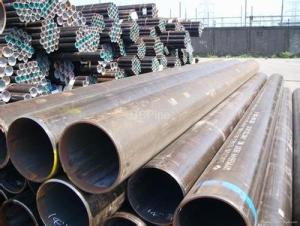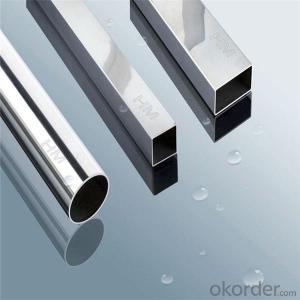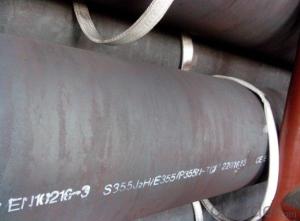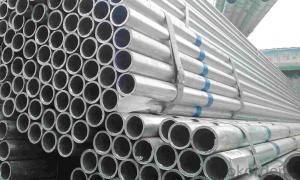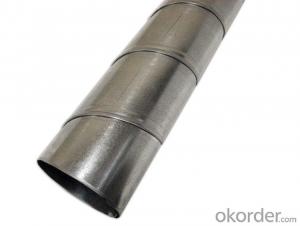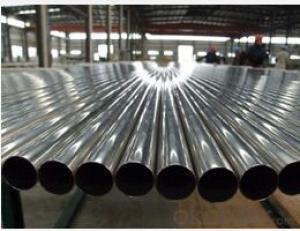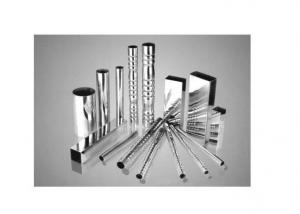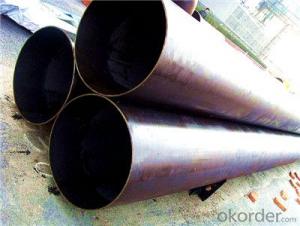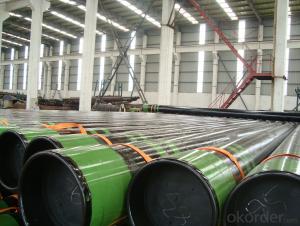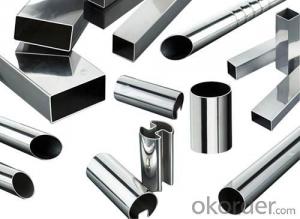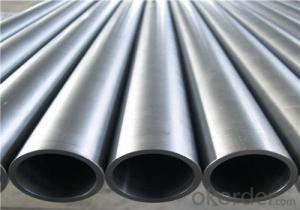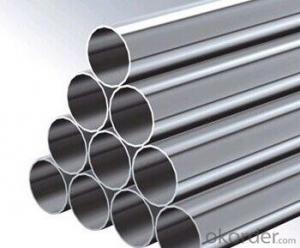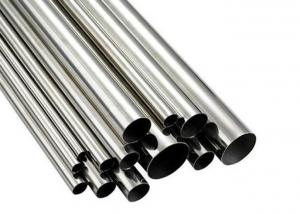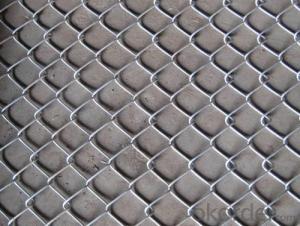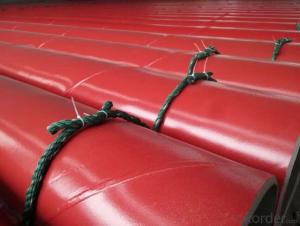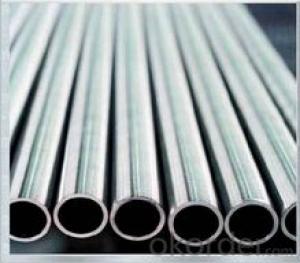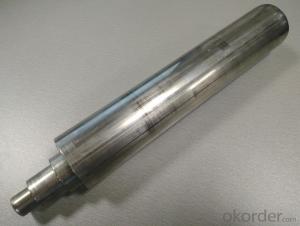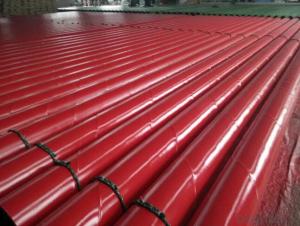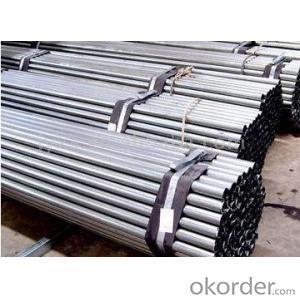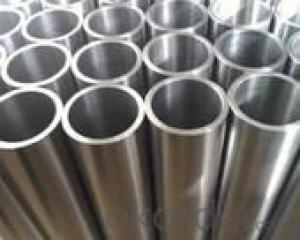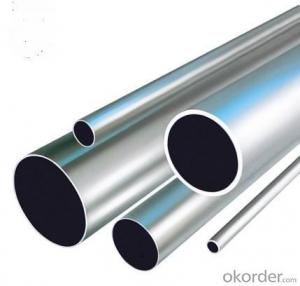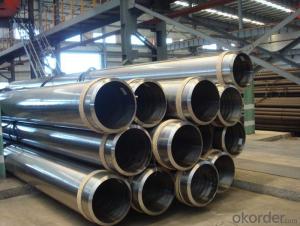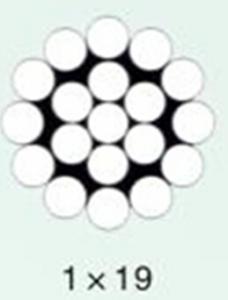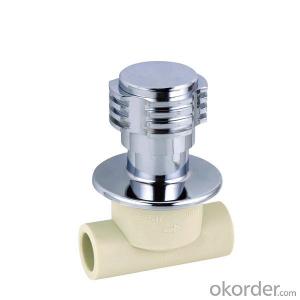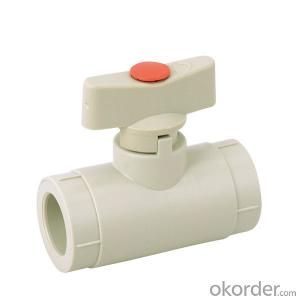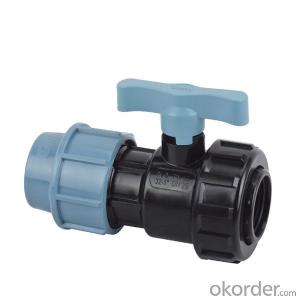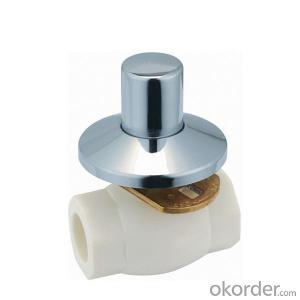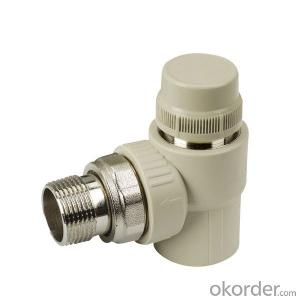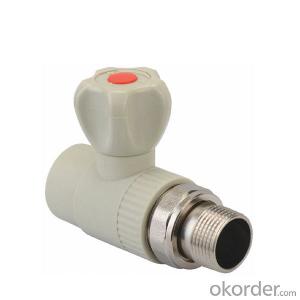1 2 Stainless Steel Pipe
1 2 Stainless Steel Pipe Related Searches
1 1 2 Stainless Steel Pipe 1 2 Stainless Steel Tubing 2 Stainless Steel Pipe 1 Stainless Steel Pipe 2 Inch Stainless Steel Pipe 1 Inch Stainless Steel Pipe 1 2 Inch Stainless Steel Tubing 2 1 2 Cast Iron Pipe 1 2 Stainless Steel Rod 1 Stainless Steel Tubing 1 Inch Stainless Steel Tubing 2 Stainless Steel Tubing 1in Stainless Steel Tubing Stainless Steel Pipes 3 Stainless Steel Pipe 3 4 Stainless Steel Pipe 4 Stainless Steel Pipe Stainless Steel Piping 6 Stainless Steel Pipe Stainless Steel 1/2 Tubing Pipe Stainless Stainless Steel Flue Pipe 1 4 Stainless Steel Tubing 1/2 Stainless Steel Tubing Stainless Steel Threaded Pipe Stainless Steel Pipe Fitting Stainless Steel Screen Pipe 3 Inch Stainless Steel Pipe Stainless Steel Pipe Flange Stainless Steel Smoker Pipe1 2 Stainless Steel Pipe Supplier & Manufacturer from China
1/2 Stainless Steel Pipe is a type of pipe made from stainless steel, known for its excellent corrosion resistance and durability. This specific size is widely used in various industries due to its versatility and strength. It is available in different grades, such as 304, 316, and 409, each with its unique properties to cater to different requirements.The 1/2 Stainless Steel Pipe finds its application in numerous scenarios, including plumbing, construction, and industrial projects. It is particularly useful in environments where resistance to corrosion and high temperatures is essential, such as in chemical plants, food processing facilities, and marine applications. The pipe's ability to withstand harsh conditions without compromising its structural integrity makes it a preferred choice for many professionals.
Okorder.com is a reputable wholesale supplier of 1/2 Stainless Steel Pipe, boasting a large inventory to cater to the diverse needs of customers. With a commitment to quality and customer satisfaction, Okorder.com ensures that the pipes are sourced from reliable manufacturers and are available at competitive prices. This makes it an ideal platform for businesses and individuals seeking to purchase 1/2 Stainless Steel Pipe in bulk for their projects.
Hot Products
